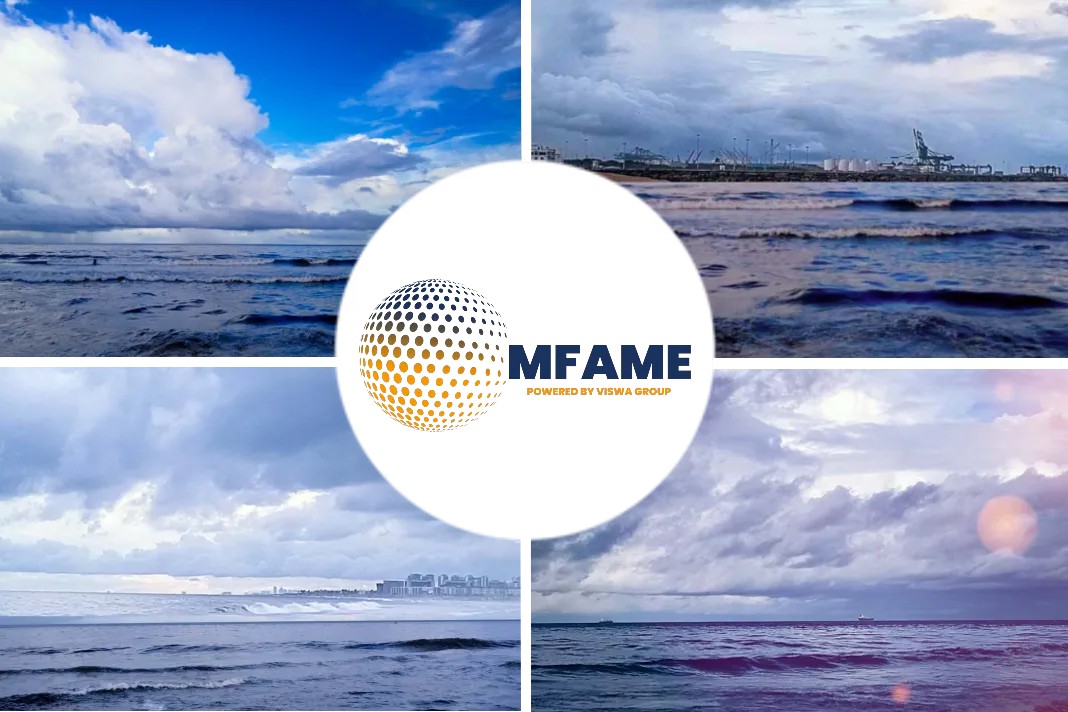According to an article published in the Maritime Executive, last Friday, the DNV GL, Boskalis Offshore Energy and Huisman-US joined with other members of the Business Network for Offshore Wind to host a discussion on the present state of the U.S. East Coast offshore wind market.
The meeting featured discussions with a special focus on permitting and how the future project pipeline impacts investment in vessels and the management of the logistics to match the nation’s ports’ assets.
Beginning of the New Decade
“This meeting comes at the start of a new decade with enormous potential,” said Liz Burdock, the head of the Business Network for Offshore Wind as she addressed attendees of the event. “Yet, while there is an expectation for the U.S. market to deploy at least 10 GW over the next decade, there are obstacles that must be overcome for this development to be realized, and this coalition has an important role to play in laying the groundwork for the success of the industry.”
Navigation Risk Consideration
Navigation risk is an important consideration in offshore wind development and was among the main topics at the discussion. More than 80 percent of U.S. domestic water-borne tonnage is transported via barge, and tug and tow transportation is critically important to U.S. commerce. Cheryl Stahl, senior principal consultant at DNV GL, led an examination of the complex issue of balancing the needs of coastwise towing operators and offshore wind farms.
“Tug and tow vessel traffic transits along the coastline,” said Stahl. “Some of the historic trade routes cross the NY draft offshore wind lease areas. One might suggest shifting the tug traffic east of the leases. However, a shift east would take the vessels into deeper waters and higher winds, which is a potential safety concern.”
Lease issues
The Bureau of Ocean Energy Management (BOEM) has yet to release the final NY Bight and California wind energy lease areas, but Stahl suggested that developers should consider maritime uses and traffic in and around the lease at an early stage so that they are not caught in an unexpected situation. “There’s nothing worse than spending hundreds of millions of dollars and then finding out that certain portions of the lease area are going to cause significant issues with the authorities,” Stahl said.
Regulatory Uncertainty?
Additionally, an ongoing agency review has created a small amount of regulatory uncertainty for the nascent U.S. offshore wind industry. The first full-scale wind project off the U.S. East Coast, Vineyard Wind, encountered permitting delays last August when BOEM elected to conduct an additional cumulative impact study – that is, a review that also takes other companies’ proposed wind farm developments into consideration. Among other factors behind the expanded review, BOEM cited the concerns of fishing vessel operators about the navigability of wind farm layout and the potential effects upon commercial fisheries. In response, Vineyard Wind and four other developers have proposed to build their projects on a uniform “one nm by one nm” grid pattern, which is intended to be easier for fishing vessels to navigate.
High Offshore Market Potential
These considerations aside, the potential for the U.S. market is high: it is forecast to grow to about 200 to 300 times its current size in the years ahead. “There is no doubt there are risks to the market, but major opportunities are arising across the entire supply chain from installation to maintenance through to crew vessels, and the industry will be better off when these challenges are addressed together,” said Nick Prokopuk, DNV GL’s maritime business development manager for offshore wind.
Did you subscribe to our daily newsletter?
It’s Free! Click here to Subscribe!
Source: The Maritime Executive

















